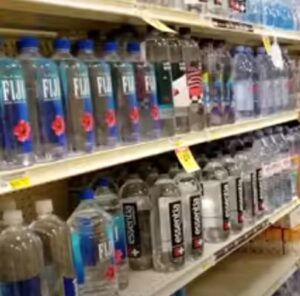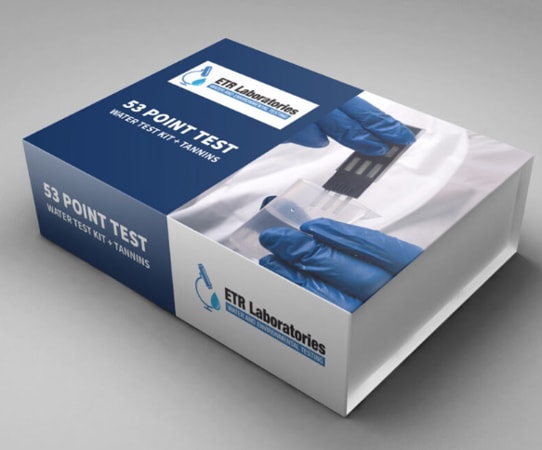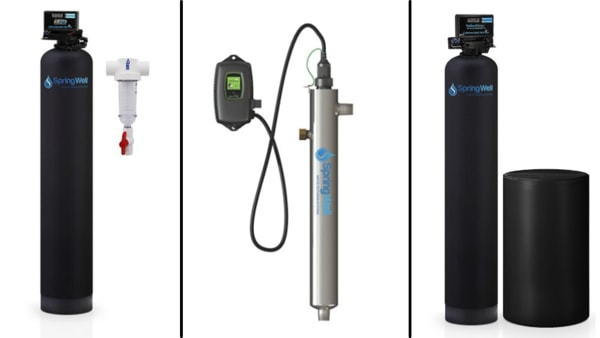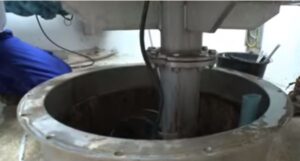For private well owners, well maintenance and rehabilitation are important tasks. Unlike city water, which is maintained by the state and federal governments, private well maintenance is an individual responsibility. In this article, we are going to discuss well rehabilitation and maintenance. This article will help you ensure that your well water and well are kept in a mint condition and water quality is assured according to the EPA and CDC’s drinking water standards.
Well Maintenance
Massachusetts government has laid out a detailed framework for well maintenance and rehabilitation. All fellow Americans can use this framework to ensure that their well is maintained properly. The main pillars of this maintenance framework are outlined below.
- The same materials and construction practices must be used in all the maintenance or repair works, which were used for the original construction of the well. They must be approved by local state authorities dealing with well drilling.
- Only state-approved contractors should be hired to perform any maintenance tasks.
- Once the maintenance, repair, or modification work is complete, all the equipment such as well pump and distribution system must be disinfected before starting water consumption.
- The well owner must maintain the well in a sanitary condition.
- Ensure that surface water and contaminants don’t enter the well.
- Make sure that groundwater resources are not wasted and maximum water conservation is done.
- Keep the well in proper condition so that it is accessible for repair and rehabilitation tasks.
- Ensure that an abandoned well is properly decommissioned or plugged.
- Water wells must be inspected annually for signs of physical damages and contamination.
- At least 50 feet area around the well must be clear from debris, tannin, and items that may pollute the well water.
- There should be no trash can near your well.
- Never dispose of chemical waste materials, or mix fertilizers near your well.
- All hazardous materials should be kept at least 50 feet away from your well.
- You must get your well inspected every 10 years by professionals.
- Keep an eye on the well cap or well cover. They should be intact and airtight. The top of the well should b 1-2 feet above the ground level. Consult your local state laws for regulation about the wellhead.
Maintaining Water Quality – Water Testing

Regardless of the underground water source, water testing is necessary to maintain well water quality. EPA and all the states recommend all the private well owners to get their water tested after the construction of a new well. Yearly testing for microorganisms, nitrates, nitrites, and a 3-year chemical screening of well water to know about TDS, heavy metals, and other contaminants such as arsenic, radium, uranium, radon, lead, manganese, methane, and other contaminants. You are also suggested to get your water tested whenever you notice a change in taste, smell, and appearance of water. Water testing is also needed when you buy a property with a water well. Once the water has been tested, you can select the most appropriate filter to deal with contaminants in the water. If the overall quality is good, you may only need a water softener with a sediment filter. For wells with poor water quality, advanced treatment options like a combo well water filter or RO filter is needed.
Recommended Water Testing Kit: Springwell’s Water Testing Kit

SpringWell’s water testing kit is the best on the market. It can test for 53 different parameters, including bacteria, heavy metals, TDS, alkalinity, color, hardness, odor, pH, sediment, silica, tannins, and turbidity.
Maintaining Water Quality – Water Treatment System
You will need a water treatment system for your well water. The right way to select a treatment system for well water is after interpreting the units. Some wells may require a water softener only, while some may need a multi-stage whole house water filtration system.
Recommended Water Treatment Systems: SpringWell Water Filters/Softeners/UV Purifiers

We recommend you go with spring well filters because it is one of the few brands specializing in well water. They have a complete range of water filters you can use to treat your well water.
SpringWell’s filters are costly compared to ordinary filters, but these units are reliable, durable, and come with a lifetime warranty. They are easy to install and maintain.
Well Rehabilitation

Well rehabilitation restores a water well back to optimum condition. You may need to rehabilitate a water well due to following reasons.
- Drought
- Over pumping (before the well can recover)
- Blockage due to mineral and sediment deposits
- The growth of microorganism can lead to bio-fouling
- Increase in quantity of sand underneath the water layer
- Damaged well screen
- Damaged well pump
The following signs will tell you if something is wrong with your well or well equipment.
- Reduced water flow rate
- The reduced water level in the well
- A high concentration of sediment and sand in water
- Frequent coloring problems
- Methods to Rehabilitate a Well
You must hire a licensed well driller to carry out well rehabilitation. It is often helpful to begin with a video inspection of your well as it identifies the exact problem with your well. The following methods are commonly used to rehabilitate a well.
- Chemical Cleaning
- Physical Cleaning
Let’s look at the details for both.
Chemical Cleaning
Chemical cleaning methods are employed when the well is suffering from incrustation or bio-fouling. Incrustation is a layer of mineral deposits. When the deposits are formed on the openings delivering water to your well, the flow rate is drastically reduced. Common deposits can happen due to the build-up of iron, manganese, calcium, magnesium, or slime deposition due to iron bacteria or other similar contaminants.
Physical Cleaning
It is also known as mechanical cleaning to rehabilitate a well. It can be used as a single method or as preparatory step to remove scale buildup in the well through chemical cleaning. Mechanical scrapping or brushes attached to a drill is lowered in the well. It looses the slime deposits; the loosened material is then pumped from the well. Bailing and airlift pumping are the common techniques used to remove these materials after physical cleaning. Physical cleaning increases the effectiveness of chemical cleaning methods and reduces the time needed for acidizing the well.
Final Words
Well maintenance is easy and less costly as compared to well rehabilitation. If you don’t maintain your well properly, rehabilitation may not give the desired results. To keep your water well functioning for 20-30 years, a proper maintenance program is needed.
